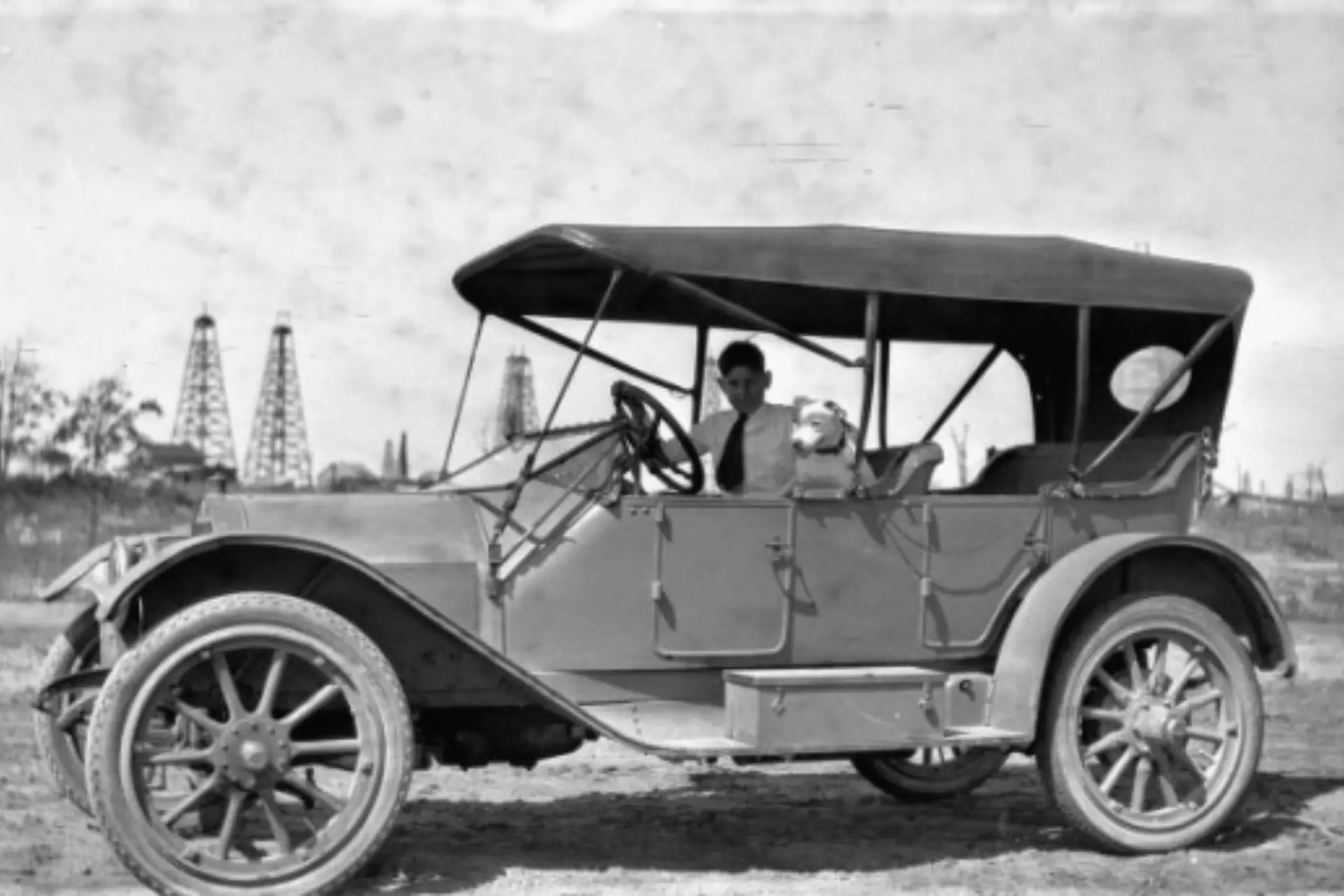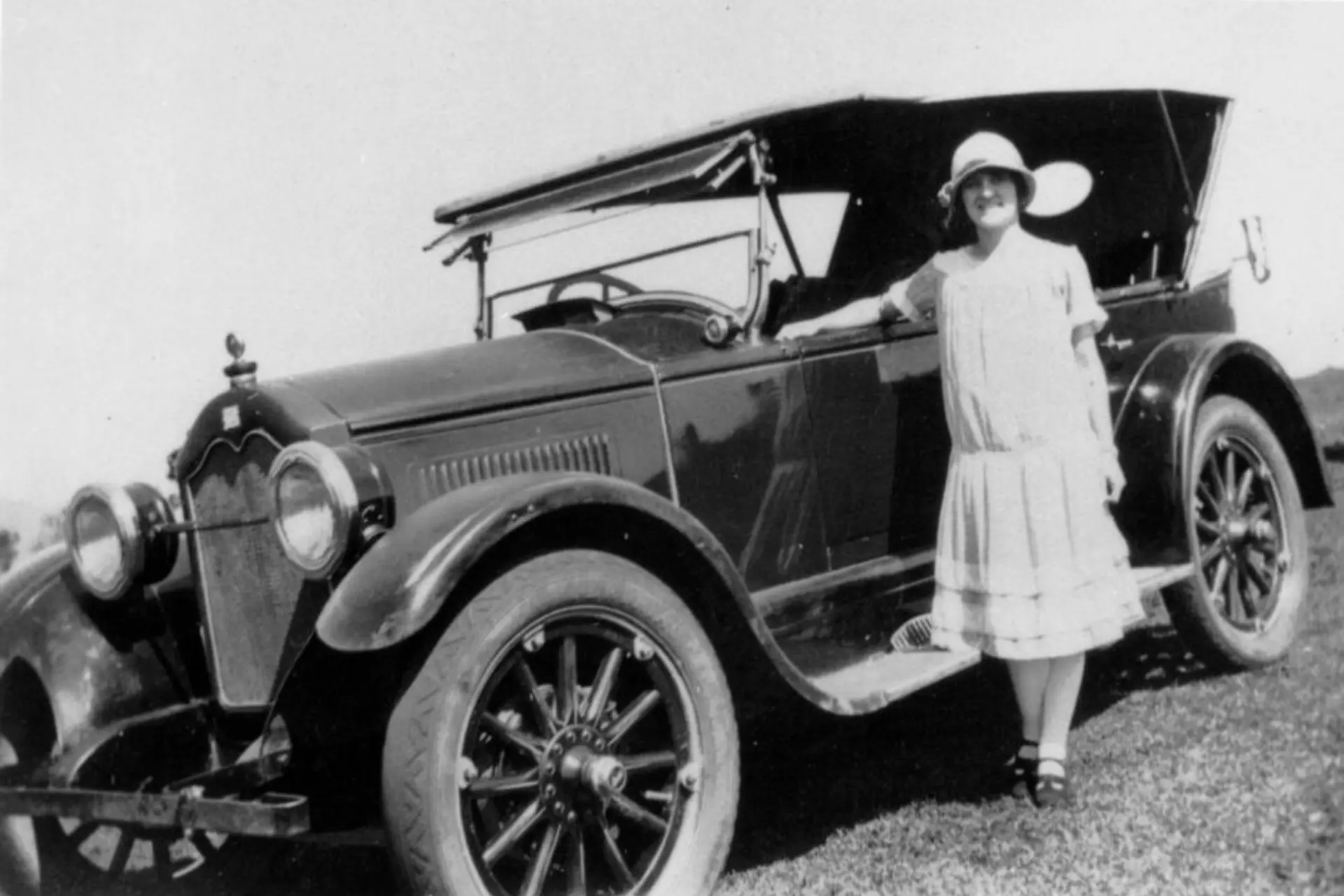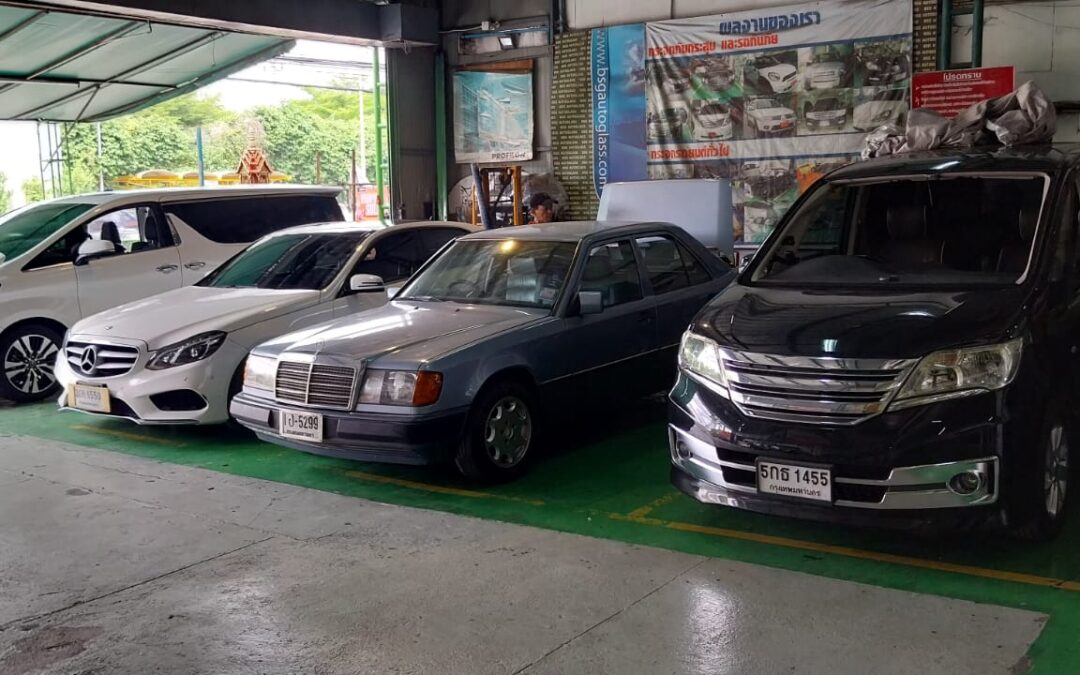Written by Nino
In the everyday rush, a driver’s gaze is fixated on the road ahead through the windscreen, an unnoticed guardian that opens up the world while shielding us from the elements.
At CGIO, we find ourselves not just looking through but at the windscreen, delving into its history and understanding its evolution from a luxury to a lifesaver.

Our journey through time uncovers stories etched into the glass, each era adding a layer, moulding it to the modern-day sentinel that stands tall between nature’s wrath and the driver’s resolve.
As we traverse through lanes of the past, we appreciate not just the view it offers, but the silent, steadfast guard it has morphed into, narrating tales of innovation, survival, and an unyielding pact with safety.
The purpose of the windscreen is to shield you from external elements while driving. Designed to protect passengers from wind, rain, dust, and debris, the windscreen serves as a barrier between you and the outside world.
It’s an essential component of the vehicle’s structure, providing structural support and contributing to the overall safety of the vehicle.
In addition to shielding you from external elements, the windscreen also plays a crucial role in maintaining visibility for the driver. Its design and placement help deflect wind and other disturbances, ensuring a clear view of the road ahead.
History of the Windscreen
Are you curious about the history and importance of the windscreen in your car?
We’ll explore the fascinating world of windscreens and how they have evolved over time.
Did you know that the history of the windscreen is filled with fascinating innovations and advancements? From the early days of no protection, to simple glass barriers to the development of safety features, the windscreen has come a long way.
Over time, technological advancements have transformed windscreen design, ensuring better protection and visibility for drivers like you.
In this article, we will explore the rich history of the windscreen and its impact on automotive safety.
Early Windscreen Innovations
You’ll be amazed to learn that there were several early innovations in windscreen design.
Back in the 19th century, when the automobile industry was still in its infancy, inventors were already thinking of ways to protect drivers from the elements. One notable innovation was the introduction of folding windscreen.
These windscreen were made of a flexible material that could be folded down when not in use, allowing for better visibility and ventilation.
In the early days of motor vehicles, they were often seen as merely horseless carriages. However, as engines became more powerful, the speed and number of cars on the roads increased, leading to more accidents.
The windscreens back then were not as sturdy as today’s and would shatter easily upon impact, often causing additional injuries with broken glass.
The rise in accidents and glass-related injuries highlighted the need for stronger, more resilient windscreens.
This spurred innovations that gradually transformed the windscreen from a fragile barrier to a robust shield that now significantly contributes to the safety of drivers and passengers alike.

The Transition From Plate Glass to Safety Glass
You can witness the transition from plate glass to safety glass as a significant milestone in the history of windscreens.
Before the introduction of safety glass, windscreens were made with plate glass, which posed a serious risk to drivers and passengers in the event of an accident.
Plate glass was highly prone to shattering upon impact, resulting in dangerous shards of glass that could cause severe injuries.
However, with the development of safety glass, this problem was effectively addressed.
Safety glass is made by sandwiching a layer of plastic or resin between two layers of glass, creating a laminated structure that prevents the glass from shattering into dangerous fragments.
This innovation not only improved the safety of windscreens but also played a crucial role in reducing the severity of injuries in car accidents
.
The Role of Polyvinyl Butyral in Windscreen Safety
Polyvinyl butyral (PVB) is instrumental in bolstering the safety of your windscreen.
Employed in the creation of laminated safety glass, PVB finds its place nestled between two panes of glass, forming a protective sandwich of sorts.
Should any breakage occur, it’s the PVB that holds the glass fragments together, thwarting them from catapulting into the vehicle and posing a threat to its occupants.
This significantly diminishes the likelihood of injuries during impact damages.
The incorporation of PVB has markedly enhanced windscreen safety, bestowing strength, durability, and a shield of protection to those inside the vehicle.

Technological Advancements in Windscreen Design
There have been numerous technological advancements in windscreen design, and these advancements have greatly improved the functionality, comfort and safety of car windscreens.
A significant stride in this journey has been the incorporation of tinted glass. Initially crafted to curb glare, the advent of tinting technology soon unveiled a more crucial benefit – protection against harmful ultraviolet (UV) rays.
By embedding a tint within the windscreen glass, designers have effectively created a barrier that filters out a substantial portion of these detrimental rays, thereby safeguarding both the occupants and the interior upholstery from UV-induced wear and tear. Moreover, the reduction in glare, courtesy of the tint, enhances visibility, a small but vital step towards safer driving.
Another advancement is the introduction of heated windscreens, which use a thin layer of conductive material to heat the glass, preventing ice and snow buildup in cold weather.
Following the heated windscreens, the advent of acoustic windscreens marks another noteworthy progression in enhancing vehicular comfort. Employing a special layer of acoustic vinyl sandwiched between layers of glass, these windscreens are engineered to significantly dampen the intrusion of external noise into the cabin.
By curbing the cacophony from traffic, wind, and other external disturbances, acoustic windscreens create a quieter, more serene driving environment.
This not only elevates the comfort levels for the occupants but also allows for clearer in-cabin communication and a more focused driving experience.
These technological advancements have undoubtedly made driving safer and more comfortable for motorists.
Development of Safety Features
You can’t ignore the significant advancements in safety features developed for windscreens over the years.
These innovations have greatly enhanced the protection provided by windscreens, ensuring the safety of both drivers and passengers.
A pivotal safety advancement is the integration of airbags, which synergise with the windscreen to furnish additional protection during collisions. In the crucial moment of deployment, the windscreen bears a pressure of 2 tons, ensuring the airbag propels in the correct direction towards the occupants.
This coordinated action significantly mitigates the risk of head and facial injuries, underscoring the windscreen’s indispensable role in modern vehicular safety systems.
Additionally, advanced driver assistance systems (ADAS) have been integrated into windscreens, providing features like rain sensor, lane departure warning, forward collision warning, sign recognition, heads up display and automatic emergency braking.
These technological advancements have revolutionised windscreen safety, making driving a much safer experience for everyone.

Related Articles

CGIO x BSG Autoglass
CGIO Group Initiates Collaboration with BSG Autoglass in Bangkok, Thailand.In May, CGIO Group Limited had the pleasure of visiting BSG Autoglass in Bangkok, to initiate an exciting collaboration for the auto glass replacement market in Thailand. BSG Autoglass, a...
No Results Found
The page you requested could not be found. Try refining your search, or use the navigation above to locate the post.
No Results Found
The page you requested could not be found. Try refining your search, or use the navigation above to locate the post.